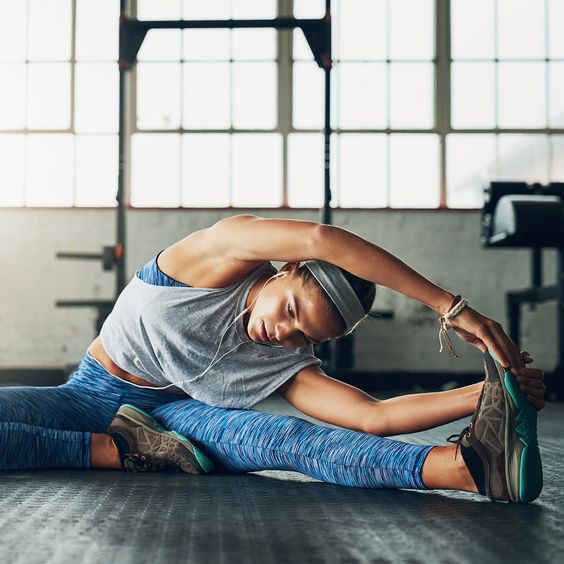The Beginner’s Guide to Flexibility Training
Flexibility training is essential for maintaining a healthy and functional body. Whether you’re an athlete, a fitness enthusiast, or simply want to improve your overall well-being, incorporating flexibility exercises into your routine can yield significant benefits.

Introduction
Flexibility refers to the range of motion around a joint. It allows you to move freely without discomfort or stiffness. In this beginner’s guide, we’ll explore the importance of flexibility training and provide practical tips to enhance your flexibility.
Why Flexibility Matters
- Improved Performance: Flexible muscles and joints enhance athletic performance. Whether you’re running, lifting weights, or practicing yoga, better flexibility allows for smoother movements and reduces the risk of injury.
- Reduced Muscle Tension: Stretching helps release muscle tension, promoting relaxation and stress relief. It also improves blood circulation, which aids in muscle recovery.
How to Incorporate Flexibility Training
- Dynamic Stretching: Before workouts, engage in dynamic stretches. These involve controlled movements that mimic the activity you’re about to perform. For example, leg swings or arm circles.
- Static Stretching: After exercise, perform static stretches. Hold each stretch for 20-30 seconds, focusing on major muscle groups like hamstrings, quadriceps, calves, and shoulders.
- Yoga and Pilates: These disciplines combine flexibility, strength, and balance. Regular practice can significantly enhance your overall flexibility.
Common Mistakes to Avoid
- Skipping Warm-Up: Always warm up before stretching. Cold muscles are less pliable and prone to injury.
- Overstretching: Avoid pushing your body beyond its limits. Gradual progress is key to preventing strains.
Conclusion
Flexibility training is a lifelong journey. Consistency and patience are essential. Start incorporating these practices into your routine, and you’ll notice improved mobility and overall well-being.





